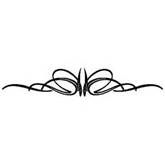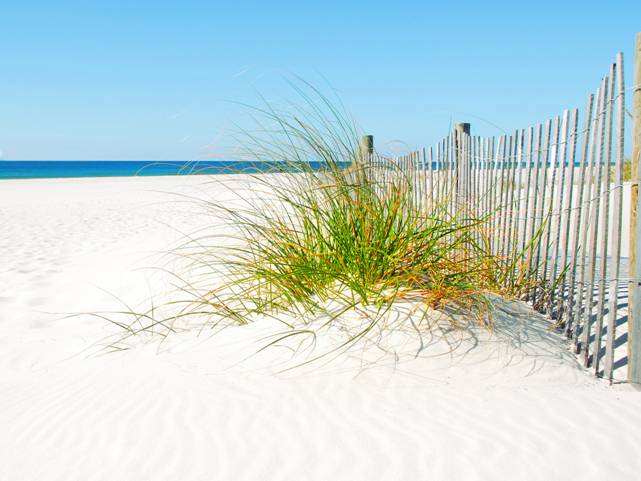
Salty Sam’s Fun Blog for Children
Number 538
Bioluminescence
Hello Everyone

You may not have seen the word bioluminescence before.
But you can work out what it means,
Bio refers to living things and luminescence refers to light.
So bioluminescence refers to light produced by living things.
That sounds very strange when you are so used to light being produced by an electric light bulb or maybe a candle.
But it is possible and an amazingly large number of creatures can do it.
The way that light is created in living things is by a chemical reaction. The light generated does not cause a lot of heat like a light bulb does though. lt is known as cold light.
Bioluminescence can be found on land and in the sea but almost never in fresh water habitats.
Amazingly at least 1,500 types of fish can emit light.
The two chemicals that produce the light are called luciferin – which actually produces the light, and either luciferase or photoprotein to react with it (and also sometimes other elements are used like magnesium and calcium).
Some creatures make the chemicals themselves and others get it from the food they eat.
Different colours can be produced: yellow, orange, blue, green or pink.
The sea creatures that glow usually emit a blue-green light; fireflies glow yellow and so does a certain land snail in Southeast Asia.
A beetle larva called the railroad worm has a head that glows red and a body that glows green. A click beetle can glow orange from its abdomen when it is flying and green from its thorax when it is disturbed and agitated whilst crawling about on the ground.
The largest known luminous vertebrate is the kite fin shark. lt can grow up to 180cm. That is over 5 feet.
Bioluminescence is also found in the blackbelly lantern shark and southern lantern shark.
These three deep water sharks were discovered by scientists as they were working off the east coast of New Zealand in 2020.
Away from the sea, bioluminescence is found in fungi like mushrooms and insects called fireflies or some beetles.
Some organisms emit light continuously like some species of fungi that live in decaying wood. This light is called foxfire.
Most creatures flash their light – and they do this by using their nervous system.
Every year, in the Smoky Mountains in North America, many thousands of fireflies, often called lightning bugs gather for a rare display of light. The whole swarm flashes in synchronicity. People actually buy tickets to be admitted to this light show.
There are about two thousand different species of bio-luminescent beetle, but there aren’t many that synchronise like this.
They are flashing light to try and attract a mate.
lnsect larvae called glow worms light up to warn predators like birds and amphibians that they are toxic and are consequently left alone. Tourists can visit them in caves in Australia and New Zealand.
There are numerous bio-luminescent displays in the sea in fish, jellies, plankton, algae and bacteria.
ln large display of bioluminescent plankton, large areas of sea or whole salt water lagoons can sparkle.
Sometimes bioluminescent bacteria can light up huge areas of warm, tropical sea. This phenomenon is called milky seas. Milky seas can be seen from space. They can stretch for thousands of square miles.
Toyama Bay in Japan is famous for firefly squid, a tiny cephalopod appearing just before sunrise and light up during what is their mating season in late spring. They are only 8cm/3 inches long but because there are so many of them they create a spectacular display.
(A cephalopod is a group of creatures like octopuses, cuttlefish and squids that move by pushing water out of their bodies.)
Emitting light can have different benefits.
lt can shock and confuse would-be attackers or signal presence to a potential mate.
lf fish are being hunted from below, they can light their body up so that they can hardly be seen against the background of sunlit water above.
A sea star called a brittle star can detach a glowing arm and leave it for a predator to snatch while it crawls away. They will then easily re-grow an arm to replace the one used to distract the predator.
Fish in the lower reaches of the sea where no daylight penetrates can produce their own light. A female anglerfish has a long thin part of her head that looks like a fishing rod. At the end there is a ball that lights up. Curious fish drawn to the light become prey.
About 76% of deep sea fish emit light. Some fish emit a red light or yellow light to see prey by. Most fish can only see blue light so they can’t see the predator fish waiting for them!
At one time, miners took fireflies in jars underground to help them see. Fireflies would not ignite any dangerous gasses or combustible dust that might have been present in the mine.
But now scientists continue to study the phenomenon of bioluminescence in the hope that it can have even more uses to better life on the planet.
Bye bye everyone – don’t forget to subscribe to my blog!
Love and kisses
Salty Sam

www.christina-sinclair.com


Bill and Bob’s Joke of the Week![]()
![]()
Bob: Why did the glow worm glow?
Bill: l don’t know.
Bob: Because he had eaten a light lunch!
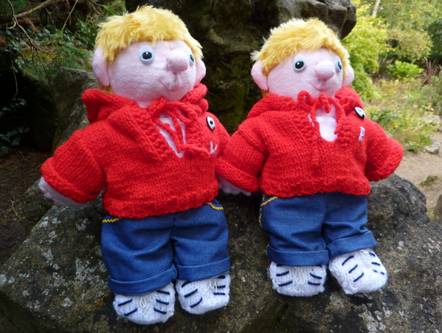
Salty Sam © Christina Sinclair 2015
Unauthorized use and/or duplication of material from this blog without express and written permission from this blog’s author and owner is strictly prohibited.
Links may be used to www.christina-sinclair.com

Picture Gallery





(Daily Mail)
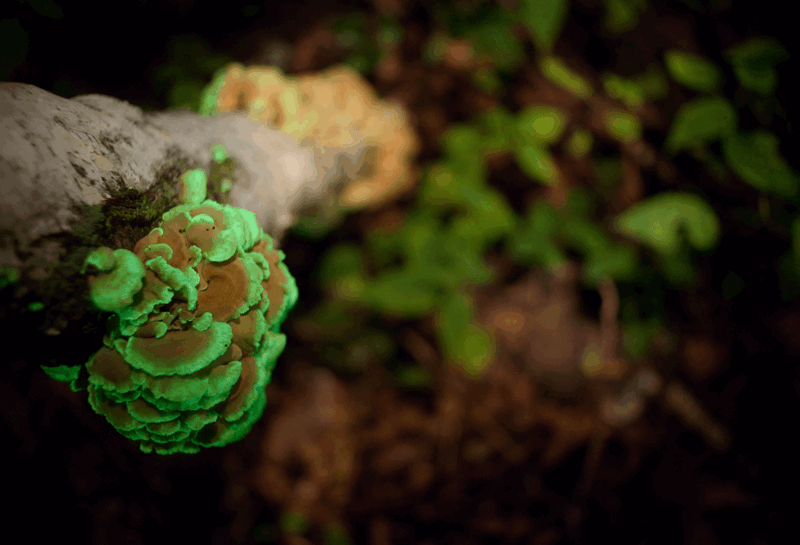


The creatures that live in the darks depths of the sea can create light themselves


 THE SALTY SAM NEWS DESK
THE SALTY SAM NEWS DESK

This week, our mayor came up with a very strange idea for the community of Rocky Bay – but it seems to have taken off really well.
There is an old telephone box at the back of town that the telephone company has not continued to maintain. So many people have mobile phones nowadays that it was underused. It is in a place that tourists rarely visit; only locals know it is there really.
The mayor asked that it be cleared out inside and the telephone company agreed. But he wanted to use the box for something so it is still standing there; bright red and very visible.
The mayor asked me to help with the scheme and I was happy to agree. Using my woodworking skills I put some shelves up inside. Once the door is shut the rain can’t get in.
The box was then turned into a community swap centre.
The two top shelves are going to be used for books and the bottom two shelves are going to be used for packets of seeds.

The very bottom shelf has been left as spare for now.
The idea is that you can leave books or seeds that you don’t want and people can take the books to borrow or take a packet of seeds and leave another in its place.
The seed swap means that people can increase the variety of flowers and vegetables they can grow in their gardens. Of course the seeds have to be kept in paper packets, sealed and labelled so that other people will know what is inside.
The packets are kept in old biscuit tins or ice cream boxes so they can be kept together in an airtight container.

Bill and Bob have also left a few of the baby trees they have grown outside the back of the box with a note saying ‘Please give us a good home’. Because they are outside, the rain is watering them from time to time.
The trees are their contribution to the trillion trees the planet needs to help improve our environment.
They find trees easy to propagate, but then they need to find space for them to be planted out and grow to full size.
Their dad says that the trees are taking over the back yard and Bill and Bob needed to do something with the forest that was preventing him getting to the back gate!
So this was another way to find new homes for them.


*********************
*********************

 Quick Quiz
Quick Quiz
Can you fill in the missing letters to complete the puzzle?
All these words are like ‘machine’ or ‘gadget’.
- d _ _ _ _ e
- a _ _ _ _ _ _ _ s
- a _ _ _ _ _ _ _ e
- c _ _ _ _ _ _ _ _ _ n
- i _ _ _ _ _ _ _ _ t
- u _ _ _ _ _ l
- t _ _ l
- i _ _ _ _ _ _ _ t

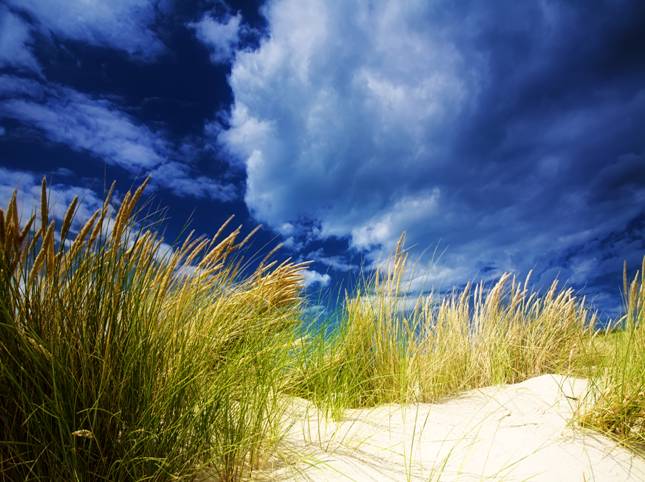


lt’s the Weekend!

HOW TO MAKE A HEART NECKLACE
If you ever play with dough that you can leave to go hard, here is an idea of how you can use it to make jewellery for you to wear.
First, make flat sheets, and then press a cookie cutter into the dough so that you have a shape that you like.
You must press a hole into the top centre before you let the dough go hard. You can use the end of a drinking straw for that, or maybe a pen top.
Lastly, paint your shape; simple patterns like dots would be most effective.
Then thread a thin ribbon through the hole to go around your neck.
This is a good idea for a party activity.
Make some hearts ready to paint and let your friends paint on their own patterns when they come to your house.
Once the paint is dry and a ribbon inserted, the necklaces can be slipped into their party bags to take home.
A lovely memento of the day!

SALT DOUGH RECIPE
1 cup salt
1 cup water
2 cups plain flour
Put the dry ingredients in a bowl and add the water gradually then mix everything together.
Knead the mixture for about ten minutes before you start modelling.
Add more flour if it is too wet and more water if it is too dry – but try only little additions as you go (otherwise it could swing the other way).
Leave your models to dry in the open air before you paint and then varnish them.
(A few drops of vegetable oil make the dough more workable and a few drops of lemon juice make the finished models harder.)
REMEMBER THIS DOUGH IS NOT FOR EATING!
(But it isn’t poisonous either)

Please note that the material on this blog is for personal use and for use in classrooms only.
It is a copyright infringement and, therefore, illegal under international law to sell items made with these patterns.
Use of the toys and projects is at your own risk.
©Christina Sinclair Designs 2015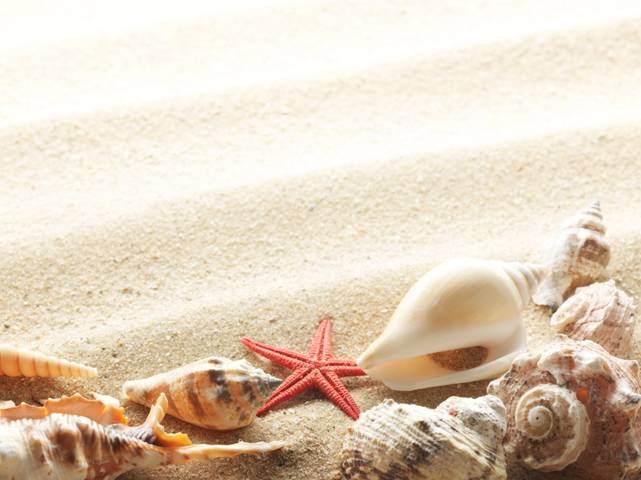


Quick Quiz Answers
- device
- apparatus
- appliance
- contraption
- instrument
- utensil
- tool
- implement

